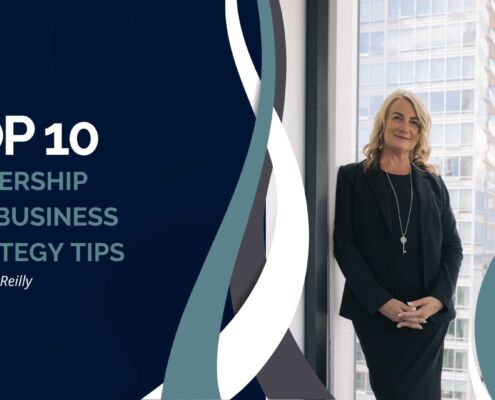Posts

Professional Development In Team Meetings: Twelve Months Of Topics To Cultive Team Success
In the spirit of growth and development, I've prepared a roadmap…

Sustained Momentum In Your Leadership Role
Passing the mid-year mark can often leave leaders feeling fatigued…

Top 10 Leadership and Business Strategy Tips
Here are my top 10 leadership and business strategy tips that…

How to Deliver Your Key Message in Under 3 Minutes
As leaders, effective communication is paramount, and this month,…

Five Strategies to Help Break Free From Imposter Syndrome
Imposter syndrome is a common experience many people face at…

